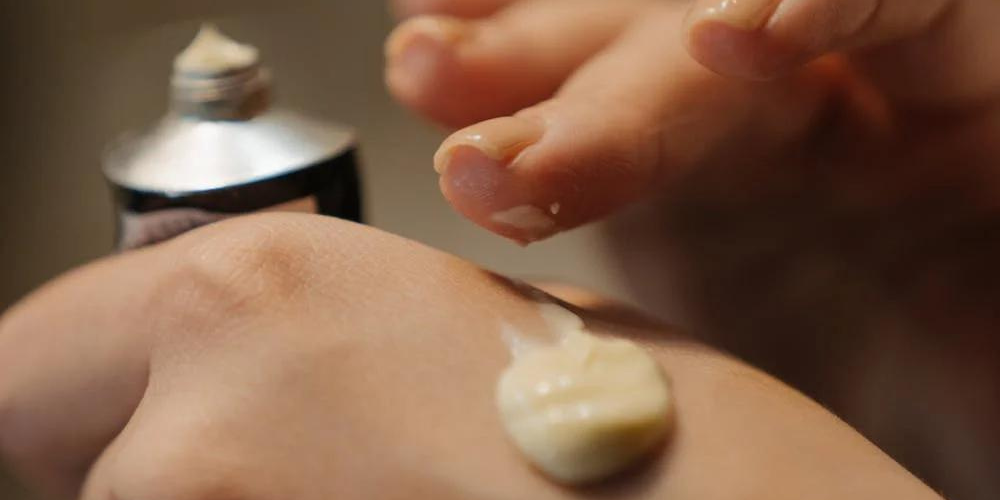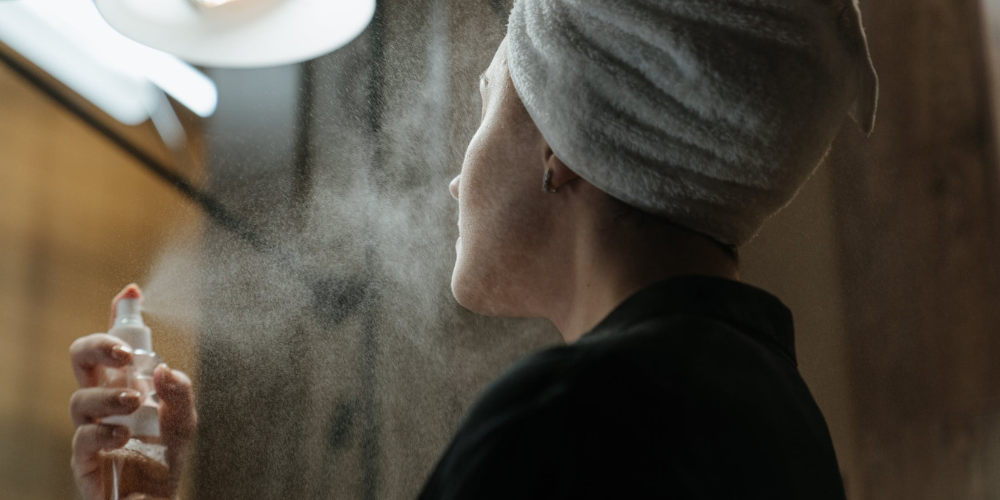
There’s exciting news for clean beauty enthusiasts: the European Union (EU) has banned 14 ingredients, along with restricting two. The amendment has only been in place for a few months as it went into effect on December 17, 2022. This new regulation, which concerns the banning of ingredients that are mutagenic, carcinogenic, or toxic for reproduction, applies to all beauty companies within the EU.
What ingredients have been prohibited?
In order to ensure the health and safety of cosmetic users, the EU has added 14 new prohibited ingredients to the amendment, which includes:
● Tetrafluoroethylene
● (5-chloro-2-methoxy-4-methyl-3-pyridyl)(4,5,6-trimethoxy-o-tolyl)methanone; pyriofenone
● 6,6'-di-tert-butyl-2,2'-methylenedi-p-cresol;[DBMC]
● (RS)-1-{1-ethyl-4-[4-mesyl-3-(2-methoxyethoxy)-o-toluoyl]pyrazol-5-yloxy}ethyl methyl carbonate; tolpyralate
● 3-methylpyrazole
● Azamethiphos (ISO); S-[(6-chloro-2-oxooxazolo[4,5-b]pyridin-3(2H)-yl)methyl] O,O-dimethyl thiophosphate
● N-methoxy-N-[1-methyl-2-(2,4,6-trichlorophenyl)-ethyl]-3-(difluoromethyl)-1-methylpyrazole-4-carboxamide; pydiflumetofen
● 4-methylpentan-2-one; isobutyl methyl ketone (MIBK)
● N-{2-[[1,1'-bi(cyclopropyl)]-2-yl]phenyl}-3-(difluoromethyl)-1-methyl-1H-pyrazole-4-carboxamide; sedaxane
● Dimethomorph (ISO); (E,Z)-4-(3-(4-chlorophenyl)-3-(3,4-dimethoxyphenyl)acryloyl)morpholine
● Imazamox (ISO); (RS)-2-(4-isopropyl-4-methyl-5-oxo-2-imidazolin-2-yl)-5-methoxymethylnicotinic acid
● Thiamethoxam (ISO); 3-(2-chloro-thiazol-5-ylmethyl)-5-methyl[1,3,5]oxadiazinan-4-ylidene-N-nitroamine
● Triticonazole (ISO); (RS)-(E)-5-(4-chlorobenzylidene)-2,2-dimethyl-1-(1H-1,2,4-triazol-1-methyl)cyclopentanol 1
● Desmedipham (ISO); ethyl 3-phenylcarbamoyloxyphenylcarbamate
All of these ingredients have been extensively researched and proven to have carcinogenic (cancer-causing) or mutagenic properties, or the ability to negatively impact reproduction. For those who have never heard of “mutagenic” before, it means that the ingredient has the ability to make a permanent change to one’s DNA sequence, potentially resulting in changes in genetic characteristics.

As for the two ingredients that have been restricted, these can still be used but their uses and quantities will be tightly monitored by the European Parliament and Council. These ingredients are:
Methyl Salicylate (otherwise known as Methyl 2-hydroxybenzoate) — This ingredient is allowed to be used in body lotions, face makeup, makeup removers, deodorant, handwash, lip products, toothpaste, and mouthwash. However, the EU has now restricted the use of Methyl Salicylate in any products created for children under the age of six, except toothpaste. The EU has also imposed concentration limits on how much Methyl Salicylate can be used in each product. This ingredient can be incredibly toxic if ingested. It is poisonous in even small quantities, especially to young children, which is why the EU has decided to be extra careful and restrict its uses.
Sodium Hydroxymethylglycinate (otherwise known as Sodium N-(hydroxymethyl) glycinate) — This newly restricted ingredient really should not be used in products unless it’s indicated that the maximum concentration of releasable formaldehyde, no matter the source, in the product that’s available to customers is less than 0,1 % w/w. When Sodium Hydroxymethylglycinate is used in cosmetics and other beauty products, formaldehyde is released, which is a well known carcinogen to humans. In addition to its cancer-causing properties, formaldehyde can also cause organ system toxicity, skin irritation, and allergies. It’s also considered to be toxic to the environment.
How you can stay updated
It’s very important to be knowledgeable about the ingredients contained in your cosmetics, as you may be using them once, twice, or even three times per day. Being a conscious consumer and educating yourself on toxic ingredients can help shield you from developing all sorts of negative symptoms and health conditions. Choosing to support green beauty brands and smaller, eco-friendly companies gives business to those who also care about your health, unlike the larger corporations who try to cut corners by using harmful ingredients in their products. These large companies find that using these chemicals can provide their products with a delightful smell or make them look more appealing to consumers.
You can stay updated on the latest information surrounding prohibited and restricted ingredients, what’s going on in the cosmetics industry, and much more by using the Think Dirty app. Through our app, we educate conscious consumers on the potential toxins found in personal care and beauty products, as well as household items.
Disclosure: We are a professional review and product rating website and mobile app that receives compensation from the companies whose products we review and rate. We are independently owned and the opinions expressed here are our own interpretations of a trusted source. This blog post may contain affiliate links.
Update Alert: New Prohibited (and Restricted) Ingredients was originally published in Think Dirty on Medium, where people are continuing the conversation by highlighting and responding to this story.